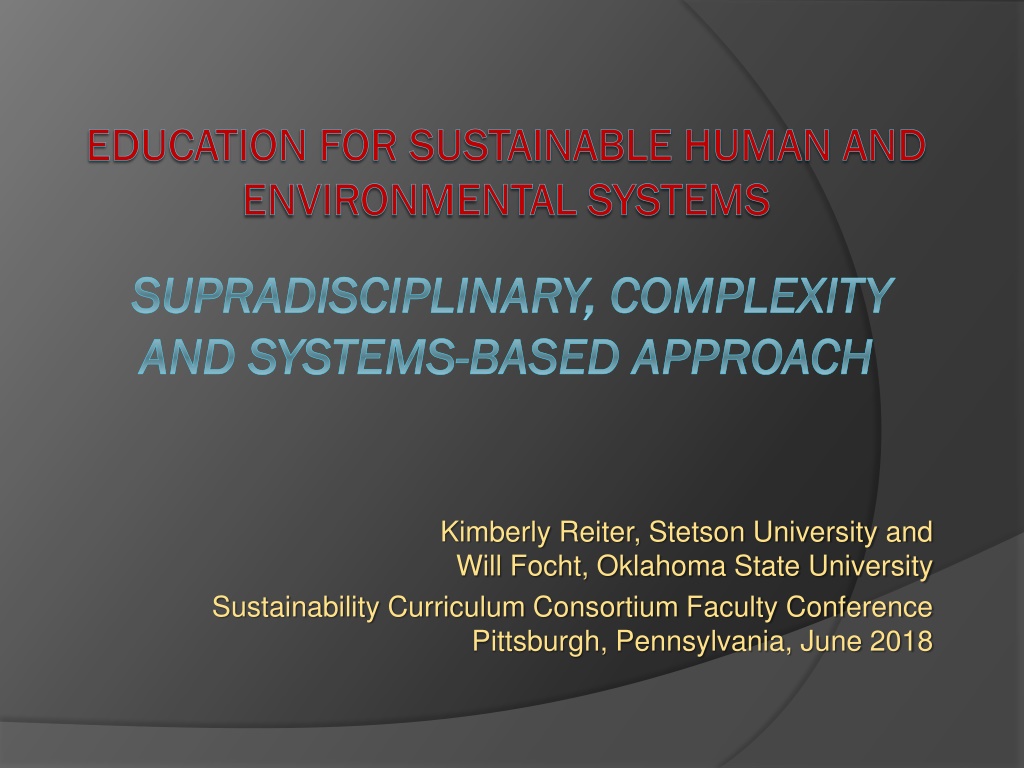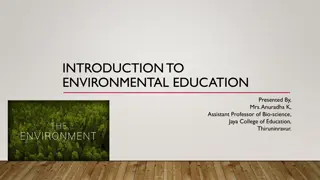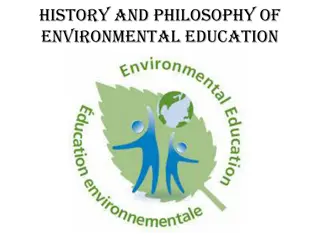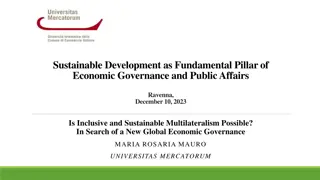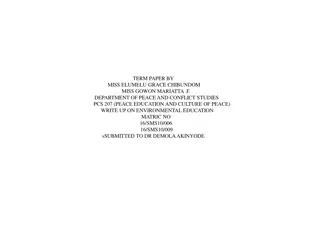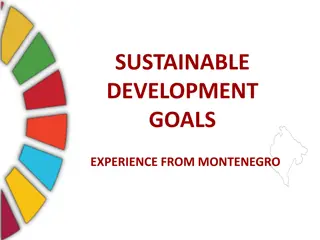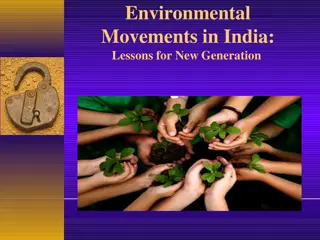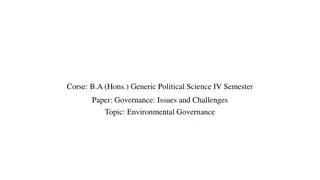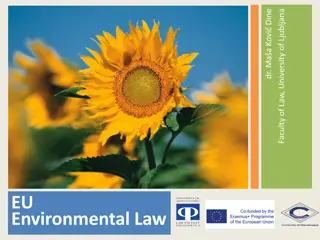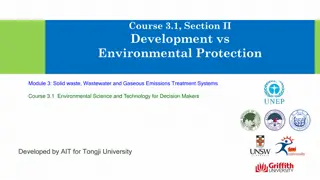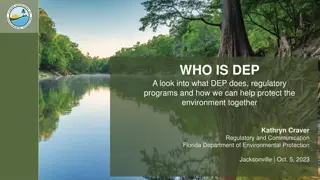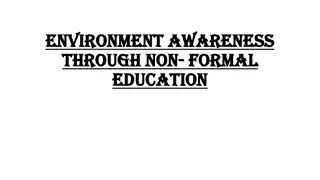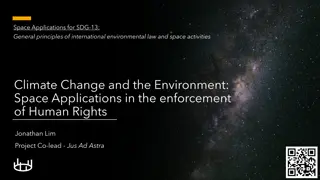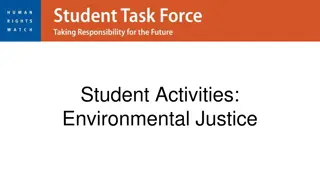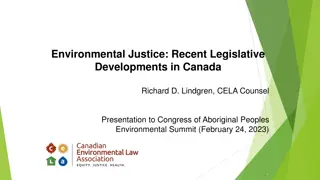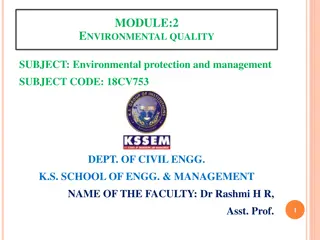Sustainable Education for Human and Environmental Systems
Sustainable Education for Human and Environmental Systems (SHES) focuses on fostering sustainable societies through social learning and systems thinking. It aims to promote interconnectedness between human and environmental systems, with a vision of enhancing well-being while maintaining the viability and resilience of these systems. SHES adopts principles such as systems thinking and social learning to address the educational challenge of designing programs for sustainability effectively.
Download Presentation

Please find below an Image/Link to download the presentation.
The content on the website is provided AS IS for your information and personal use only. It may not be sold, licensed, or shared on other websites without obtaining consent from the author. Download presentation by click this link. If you encounter any issues during the download, it is possible that the publisher has removed the file from their server.
E N D
Presentation Transcript
EDUCATION FOR SUSTAINABLE HUMAN AND EDUCATION FOR SUSTAINABLE HUMAN AND ENVIRONMENTAL SYSTEMS ENVIRONMENTAL SYSTEMS SUPRADISCIPLINARY, COMPLEXITY SUPRADISCIPLINARY, COMPLEXITY AND SYSTEMS AND SYSTEMS- -BASED APPROACH BASED APPROACH Kimberly Reiter, Stetson University and Will Focht, Oklahoma State University Sustainability Curriculum Consortium Faculty Conference Pittsburgh, Pennsylvania, June 2018
SHES SHES Sustainable Human and Environmental Systems SHES SUPERSYSTEM Environmental Systems Atmosphere Hydrosphere Geosphere Biosphere Human Systems Social Technological Economic Governance
SHES V SHES VISION ISION: : S SUSTAINABLE USTAINABLE S SOCIETIES OCIETIES Promote the emergence of societies that facilitate, enhance, and sustain indefinitely the well-being of human individuals, their communities and their environments
SHES M SHES MISSION ISSION: : V VIABLE IABLE S SYSTEMS YSTEMS Sustain the viability of human and environmental systems through the maintenance of their structural integrity, functional utility, adaptive resilience, as well as the number and diversity of system interactions to support the vision
SHES G SHES GOAL OAL: : S SOCIAL OCIAL L LEARNING EARNING Facilitate social learning to build knowledge of, capacity for, and commitment to the viability of human and environmental systems and their interactions
T THE HE E EDUCATIONAL DUCATIONAL C CHALLENGE HALLENGE How should education for sustainability be designed and offered to achieve the SHES vision of promoting the emergence of sustainable societies through social learning? SHES adopts six principles in responding to this challenge
Principle 1: Systems Thinking Education for sustainability is best viewed as a study of interconnected human and environmental systems SHES recognizes that there is no clear distinction or boundary between human and environmental systems There is only a composite of elements of both human-created and nature-created systems in an integrated, interrelated supersystem
Principle 2: Holism Competent study of sustainability requires a holistic view that accommodates the vast and complex web of relationships among human and environmental systems within a supersystem
Principle 3: Supradisciplinarity Disciplinary layering through combinations of disciplinary lenses is not holistic It is better to transcend disciplines entirely to consider sustainability holistically Cross-disciplinary lenses that retain disciplinary boundaries whether by juxtaposition, intersection or union of disciplines are not much better because they still use disciplinary concepts and methods
D DISCIPLINARY ISCIPLINARY A APPROACH PPROACH C COMPARISON OMPARISON Unidisciplinary One (single, parochial, specialized) Multidisciplinary Several (isolated, non-cooperating) Transdisciplinary Across (bridge, juxtaposition) Interdisciplinary Between, Among (intersection, union) Supradisciplinary Beyond, Above (integrated, holistic)
Principle 4: Revealed Complexity The SHES approach is based on revealing complexity from simple through complicated to complex situations Simple = are recipe-driven, have easy replication, skill improves with experience, and expertise is not required for success Complicated = though a high degree of certainty exists, application of formulae and expertise are required for success Complex = every situation is different, experience provides little advantage, formulae are not available, high degree of uncertainty exists, and expertise is no guarantee of success
Principle 5: Social Learning Social learning includes modes such as collaborative, social, situated, double loop, and experiential learning aimed at developing a shared understanding of, capacity for, and commitment to sustainable societies through conflict management, trust building, futures thinking, and systemic approaches that appreciate complexity
Principle 6: Stakeholder Engagement Stakeholders affected by or interested in a sustainability challenge must be engaged in deliberations concerning: Identification of the sustainability situation Definitions of well-being Values embedded in those definitions Specification of the supersystem Valued supersystem elements Interventions designed to improve system viabilities
SHES E SHES EDUCATIONAL DUCATIONAL A APPROACH H HOLISTIC OLISTIC, S , SUPRADISCIPLINARY UPRADISCIPLINARY U UNDERSTANDING C COMPLEX OMPLEX S SYSTEMS YSTEMSAND AND S SOCIAL PPROACH S SUMMARY NDERSTANDINGOF OCIAL L LEARNING EARNING S SKILLS UMMARY: : OF KILLS Using methods that transcend disciplines to holistically reveal the complexity of human and environmental systems, and through social learning, the learner can participate effectively in the sociopolitical sphere to influence the emergence of sustainable societies
S STAGE TAGE I: I: THE S SUSTAINABILITY USTAINABILITY C CHALLENGE D DIAGNOSIS IAGNOSISOF OFTHE HALLENGE Phase A Confirm and characterize the sustainability situation Identify stakeholders concerned about well-being Identify threats to well-being Phase B Reveal the systemic complexity of the sustainability situation Identify systems and system interactions valued for their contributions to well-being Conceptualize these systems and interactions as a supersystem Assess viability of systems and interactions within this supersystem Iteratively increase resolution of the supersystem and repeat both phases System structure = number of system levels and systems in a level System interactions = number, magnitude, direction, and valence of interactions System aspects = spatial, cyclical temporal, non-cyclical temporal, functional
S STAGE TAGE II: S II: SUSTAINABILITY USTAINABILITY P PRESCRIPTION RESCRIPTION Phase A Alternative visioning Envision a strategic approach designed to improve well-being by promoting values tied to well-being Assess implications of implementation of this strategy on these values Phase B Complexity revelation Identify supersystem components affected by the alternative Increase system resolution as necessary Phase C Alternative viability assessment Generate interventions to take at tactical locations in the supersystem Assess potential for the alternative to improve well-being through improved viability of valued systems and system interactions
S STAGE TAGE III: A III: ALTERNATIVE LTERNATIVE I IMPLEMENTATION MPLEMENTATION Phase A Transformation of the sustainability situation into an alternative that promotes societal well-being Evaluate effectiveness of the alternative to sustain well-being If the alternative is not effective, repeat Stages II and III Phase B Capacity-building to contribute to the emergence of sustainable societies through social learning Social learning improves ability of stakeholders to appreciate value diversity in perspectives on well-being, conceptualize systems and system interactions impacting upon these values, assess the viability of systems and system interactions to promote these values, and generate strategies designed to facilitate the emergence of sustainable societies
SUSTAINABLE SOCIETIES Stage III: Implementation Capacity-Building through Social Learning Transformation of the Situation T THE HE SHES SHES A APPROACH PPROACH Alternative Viability Assessment Stage II: Prescription Complexity Revelation Valued Systems and Interactions Alternative Visioning Supersystem Viability Assessment Revealed Values Resolution Dimensions Aspects Stage I: Diagnosis Perspectives on Well-Being System Levels System Interactions Functional Spatial Sustainability Challenge Non-Cyclical Temporal Cyclical Temporal
C CONCLUSIONS ONCLUSIONS In this approach to higher education curricula, sustainability is evaluated holistically through all stages of inquiry It preserves holism through a supradisciplinary pedagogy that uses robust framing to understand the influences of dimensions of scale, resolution, and the values inherent in varying perspectives of what constitutes well-being By progressively revealing complexity, students gain a more thorough and nuanced understanding of the systems and system interactions that are essential to achieving the SHES vision and mission The diagnosis of non-viable (unsustainable) systems and interactions can inform the targeted actions that can be taken to sustain the well-being of individuals, their communities, and their environments This knowledge, incorporated into social learning strategies, can then be used to encourage stakeholders to devise actions and build capacity to promote sustainable societies Given the uncertainties in any viability assessment, intervention strategies should embrace adaptive management and the precautionary principle
